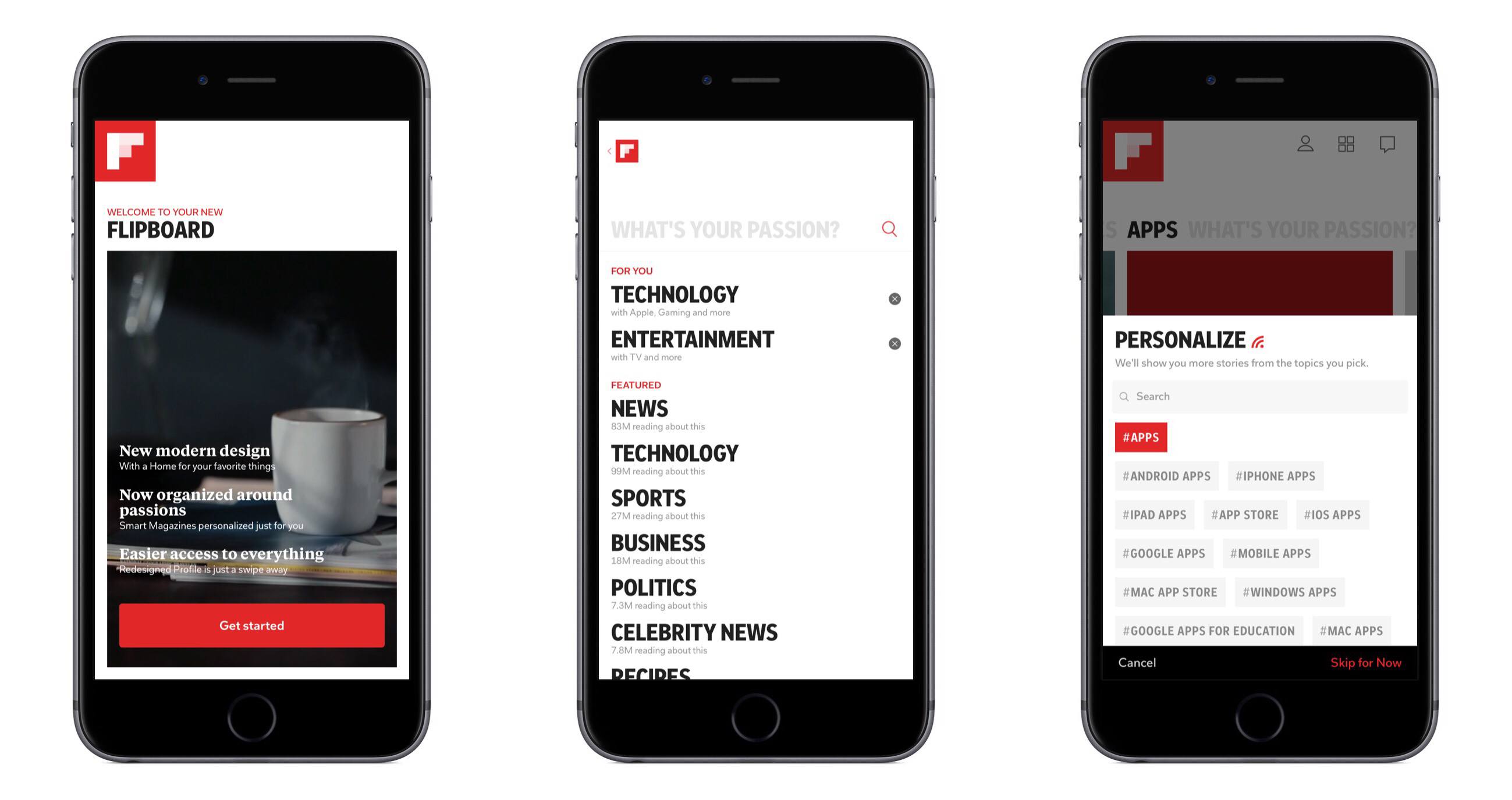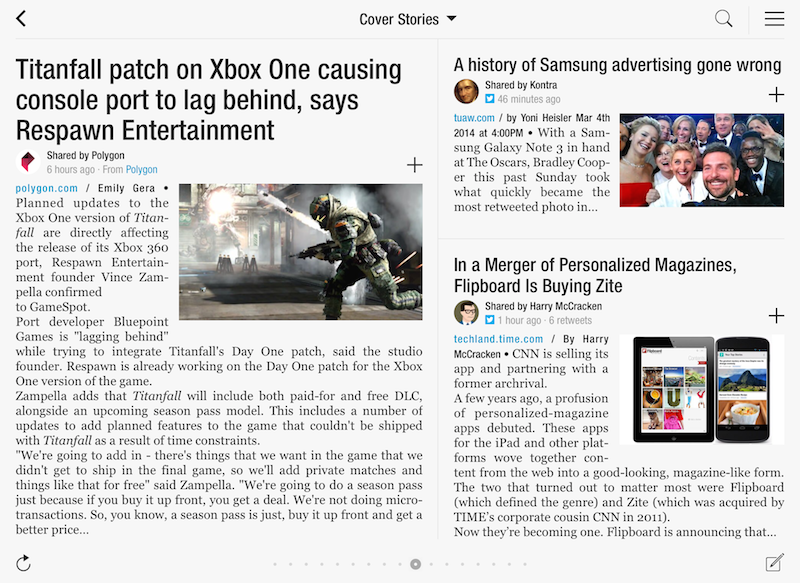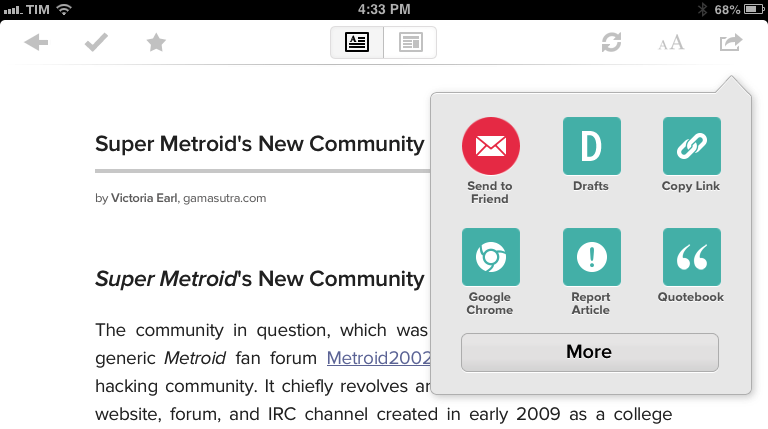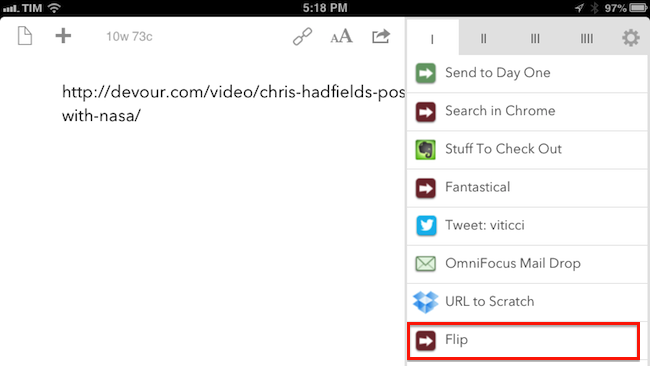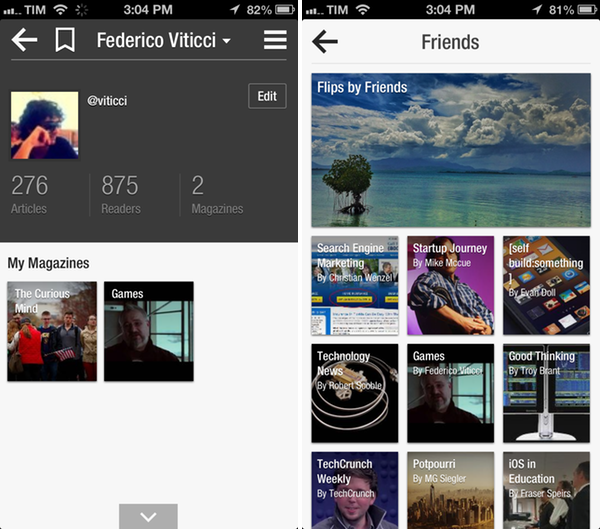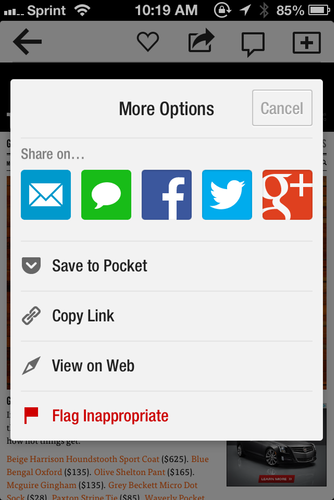Flipboard founder and CEO Mike McCue, writing on the company’s blog about Flipboard going all-in on the Fediverse and ActivityPub:
Today we are beginning to open Flipboard to the Fediverse, a rapidly emerging part of the Web which includes social services like Mastodon, Threads, Pixelfed, Firefish and PeerTube all built on a revolutionary open protocol called ActivityPub.
What does this mean for you? In the next few months, everyone using Flipboard will be able to discover and follow a whole new group of writers, vloggers, artists, scientists, explorers, political leaders and millions of others who are posting content and conversing in the Fediverse. If you curate on Flipboard, not only will you have a lot more content to curate from, there will be millions more people to enjoy the Magazines and Storyboards you are curating. If you’re a publisher, creator or brand on Flipboard, you’ll start to see new visitors and engagement as people discover and share your content across the growing Fediverse.
If you’re already using the Fediverse, you’ll be able to discover more articles, videos and podcasts thoughtfully curated by Flipboard’s many publishers and curators around the world. You’ll also be able to follow and converse with them directly from Mastodon, Threads and other ActivityPub apps.
I haven’t used Flipboard in years (even though I really liked the app back in the day), but I am so fascinated by this pivot, and I want to keep an eye on what Flipboard is doing.
The way I see it, if done correctly, Flipboard could become a fast, intuitive way for a lot of people to “get on the Fediverse” without the overhead of picking a Mastodon server and other technical jargon. Just grab the Flipboard app, create an account, and start following people from, say, Threads, Mastodon, and other ActivityPub-compatible sources. Once their multi-phase rollout is complete, you’ll have a federated account on flipboard.com that will be able to (I assume) read and post content on the Fediverse. Based on what McCue is saying, it sounds like that’s exactly what the future of Flipboard will be: a well-designed client for all kinds of federated sources.
In January we will release a new version of Flipboard that will show follows, favorites and boosts from the Fediverse. It will also enable replies to and from the Fediverse as well as blocking, muting and reporting.
I’m very keen to see how Flipboard will differentiate itself here from the typical timeline experience of clients such as Ivory and Ice Cubes, or even the Threads app. I’m also curious to understand if and how the new ActivityPub-infused Flipboard will be profitable (and I hope it will be).


